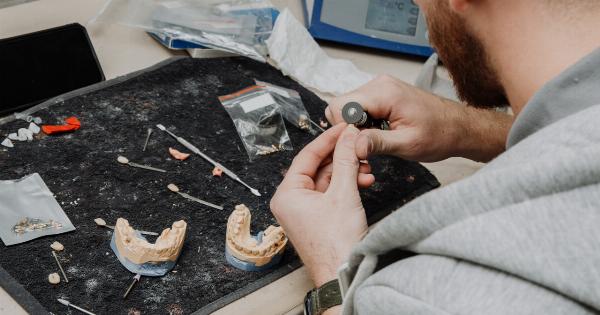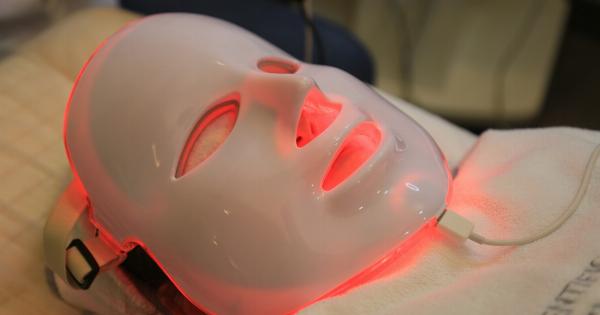Bladder coccyx is a medical condition that can cause chronic pelvic pain. It occurs when the bladder collapses onto the tailbone, which can cause pressure and discomfort.
In the past, treatment for this condition often involved invasive surgeries that required extended hospital stays and lengthy recovery times. However, recent advances in medical technology have led to the development of minimally invasive treatments that can provide relief for patients suffering from bladder coccyx.
What is minimally invasive treatment?
Minimally invasive treatment refers to medical procedures that are performed through small incisions or natural openings in the body.
This approach typically involves the use of advanced instruments and imaging technology to visualize the affected area and guide the treatment. Unlike traditional surgeries, which often require large incisions and long recovery times, minimally invasive procedures are less invasive and often allow for faster recovery times.
Types of minimally invasive treatment for bladder coccyx
There are several types of minimally invasive treatment that may be used to alleviate symptoms of bladder coccyx. These include:.
- Laparoscopic surgery – A minimally invasive surgery that involves making small incisions and using a camera and specialized instruments to perform the procedure.
- Cystoscopy – A procedure that involves inserting a small camera through the urethra and into the bladder to visualize the affected area and guide the treatment.
- Botox injections – An injection that relaxes the muscles in the bladder, making it easier to control and reducing pressure on the tailbone.
- Sacral nerve stimulation – A procedure that involves implanting a small device under the skin that sends electrical impulses to the sacral nerves, which can help control the muscles in the bladder and relieve pain.
Benefits of minimally invasive treatment for bladder coccyx
There are several benefits to choosing a minimally invasive approach to treat bladder coccyx. These include:.
- Reduced pain and discomfort
- Lower risk of complications
- Less scarring
- Shorter hospital stays
- Faster recovery times
Preparing for minimally invasive treatment
Prior to undergoing minimally invasive treatment for bladder coccyx, patients will typically undergo a thorough evaluation to ensure that they are good candidates for the procedure.
This may involve a physical exam, as well as various imaging tests to visualize the affected area.
Patients should also be prepared to follow any pre-operative instructions provided by their healthcare provider, such as fasting for a certain period of time prior to the procedure or refraining from certain medications that may interfere with the treatment.
Recovery from minimally invasive treatment
Many patients who undergo minimally invasive treatment for bladder coccyx are able to return home the same day as their procedure.
However, recovery times may vary depending on the specific treatment chosen and the individual patient’s health status. Patients should follow any post-operative instructions provided by their healthcare provider, such as taking pain medication as needed or engaging in physical therapy to help optimize their recovery.
Most patients can expect to return to normal activities within a few days to a few weeks after the procedure.
Conclusion
Minimally invasive treatment for bladder coccyx offers a promising alternative to traditional surgery for patients suffering from chronic pelvic pain.
By utilizing advanced imaging technology and specialized instruments, healthcare providers can deliver effective treatment with less pain and a shorter recovery time. If you are suffering from symptoms of bladder coccyx, speak with your healthcare provider to determine if minimally invasive treatment may be right for you.





























